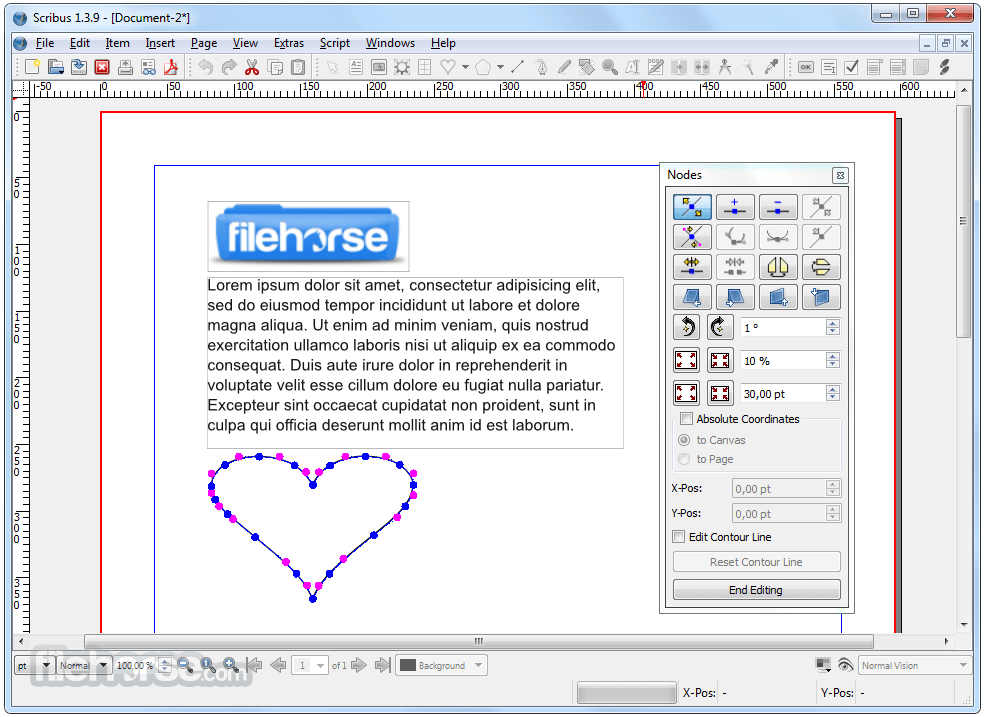

There are native versions available for Unix, Linux, BSD, macOS, Haiku, Microsoft Windows, OS/2 (including ArcaOS and eComStation) operating systems. Scribus is written in Qt and released under the GNU General Public License. The Scribus 1.4 series are the current stable releases, and the 1.5 series where developments are made available in preparation for the next stable release series, version 1.6. It is designed for layout, typesetting, and preparation of files for professional-quality image-setting equipment. GNU LGPL 2.1, MIT, 3-clause BSD, Public domain Scribus (/ s k r a b s /) is free and open-source desktop publishing (DTP) software available for most desktop operating systems.

Scribus is extremely impressive – its only drawback being limited support for proprietary file types, which is a result of Adobe using licensed technology. You can add your own fonts quickly and easily, and work with scripts using premade scripts to do things like automatically enlarge an object to the full size of a page. Further complexity can be added in the form of layers, with frames set on top of one another, and Scribus also boasts professional publishing elements such as colour separations, CMYK and spot colours. The default color palette is called Scribus Basic, as you can see in the dialog.

Make sure that no document is open, then go to Edit > Colors. This is what we want to achieve: Before you start, you need to select the appropriate color palette for the project. Once you lay all these down, you can then resize or shift things about so everything looks good. The Scribus logo from your Scribus install directory. Text frames carry your written content, image frames are for pictures, and there are other shape/line frames to make fancy graphics with (graphs and pie charts can be inserted, for example). You begin with a blank slate of workspace, called the document, and into this you can place objects, the majority of which are frames. It makes sense – Adobe's approach works very well, so why reinvent the wheel? Scribus will take a little whole to master if you've never used a similar program before, but if you're used to InDesign's system of frames and layers, there learning curve is pretty much non-existent.


 0 kommentar(er)
0 kommentar(er)
